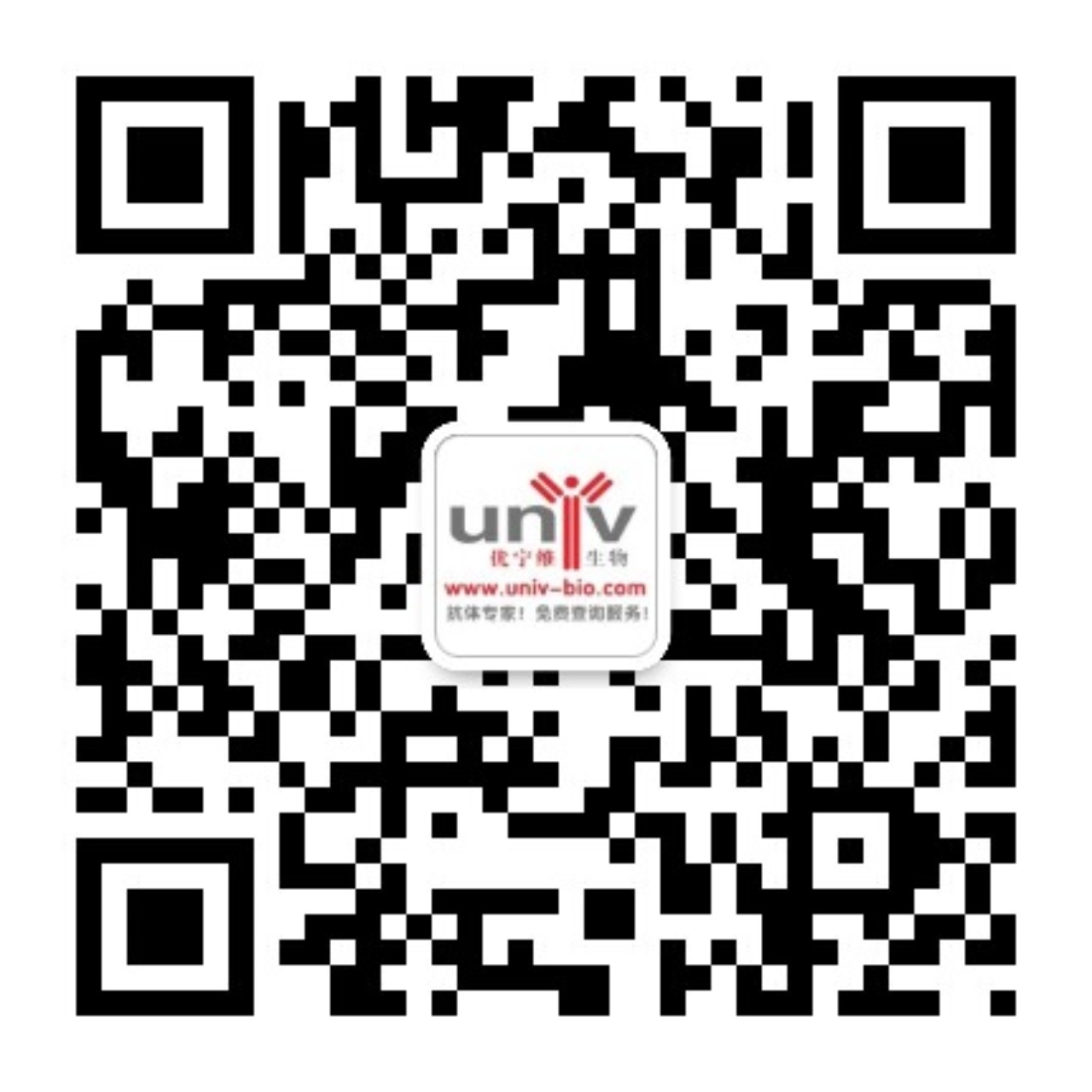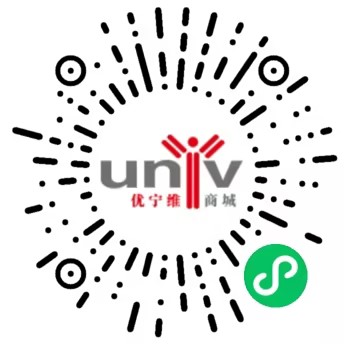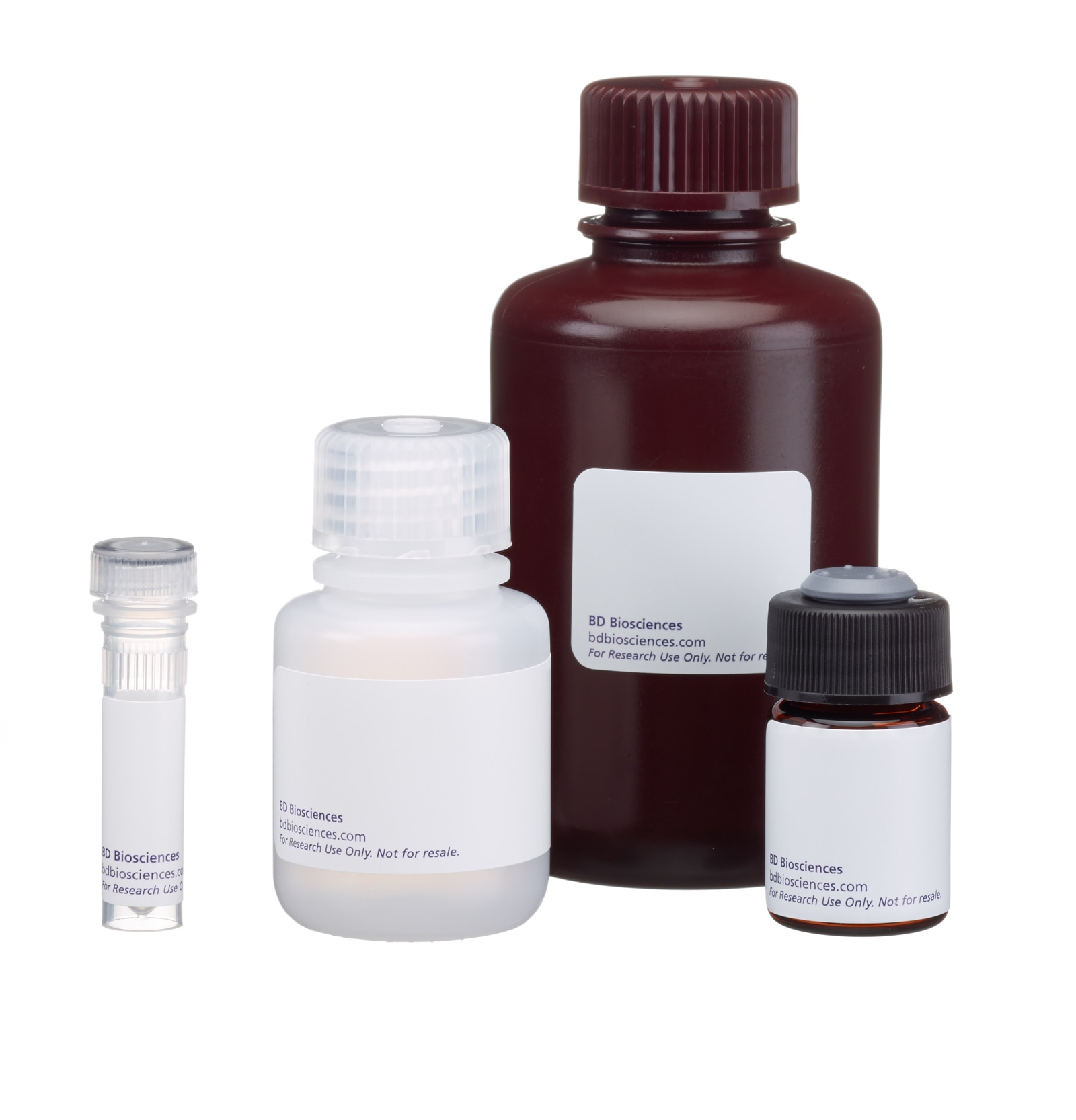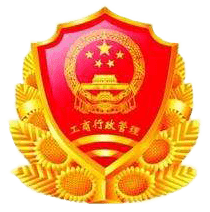


1/2

品牌: BD Pharmingen
 下载产品说明书
下载产品说明书 用小程序,查商品更便捷
用小程序,查商品更便捷



 收藏
收藏
 对比
对比 咨询
咨询实验应用:
Flow cytometry (Tested During Development)
Flow cytometry (Tested During Development)
产品介绍
产品信息
抗原名称
TH1/17

简单描述
Components:
51-9006632 Mouse Th1/Th17 Phenotyping Cocktail
1.0 ml
Containing the following:
Mouse CD4 PerCP-Cy5.5 (clone: RM4-5)
Mouse IL-17A PE (clone: TC11-18H10.1)
Mouse IFN-GMA FITC (clone: XMG1.2)
51-9006613
BD Cytofix™ Fixation Buffer
100 ml
51-2091KE
BD Perm/Wash™ Buffer
25 ml
51-2092KZ
BD GolgiStop™ Protein Transport Inhibitor (containing monensin)
0.7 ml
The peripheral CD4+ T cell pool includes multiple effector and memory T cell subsets that arise through antigen-driven expansion and differentiation of naïve T cells. The early response of naïve CD4+ T cells to antigenic stimulation is characterized by high level proliferation and a limited cytokine repertoire. Further differentiation yields cells with a more diverse potential for cytokine expression. Depending upon the balance of local cytokines, costimulatory molecules, antigen levels, and genetic factors, Type-1 T helper (Th1), Th2, and Th17 effector and/or memory cells are generated by immune responses.
Functionally-polarized CD4+ T cell subsets have been identified based on their distinctive patterns of cytokine secretion. As a signature cytokine, Th1 cells selectively produce large amounts of interferon-gamma (IFN-γ). Th2 cells selectively produce IL-4, and Th17 express high levels of IL-17A. Through secretion of IFN-γ and other effector molecules, Th1 cells activate macrophages, natural killer (NK) cells, and CD8+ T cells and are responsible for cell-mediated immunity. Th1 cells provide protection against intracellular bacteria, fungi, protozoa and viruses and are involved in some autoimmune responses. IL-4 produced by Th2 cells is particularly strong in driving B cells to generate IgE-secreting cells. IgE plays a role in basophil/mast cell mediated immune reactions. Th2 cells mediate protection against extracellular parasites but may also cause harmful allergic responsiveness to develop. Through the secretion of IL-17A and other factors, Th17 cells recruit and activate neutrophils and mediate immune responses against extracellular bacteria and fungi. Th17 cells are also implicated in autoimmune responses. In addition to these types of T helper cells, Th0- (IL-4 and IFN-γ) and Th17/Th1-like (IL-17A/IFN-γ) cells that coexpress signature cytokines have been described.
The Th1/Th17 paradigm provides a useful model system for investigating the cellular and molecular mechanisms that mediate protective as well as harmful immune responses. The BD Mouse Th1/Th17 Phenotyping Kit provides an easy-to-use four-color cocktail of fluorescent antibodies-specific for mouse CD4, IFN-γ (for Th1), IL-4 (for Th2) and IL-17A (for Th17)-that will enable researchers to identify and characterize the nature of these T helper cell types by multicolor flow cytometric analysis. The kit can be used to successfully analyze ex vivo lymphoid cell samples (eg, for the types of in vivo-generated T helper cells) or to monitor T helper cell differentiation by cells cultured within various experimental model systems.
Investigators should note that the appearance of BD GolgiStop™ Protein Transport Inhibitor may range in color from clear (colorless) to light yellow.

商品描述
Components:
51-9006632 Mouse Th1/Th17 Phenotyping Cocktail
1.0 ml
Containing the following:
Mouse CD4 PerCP-Cy5.5 (clone: RM4-5)
Mouse IL-17A PE (clone: TC11-18H10.1)
Mouse IFN-GMA FITC (clone: XMG1.2)
51-9006613
BD Cytofix™ Fixation Buffer
100 ml
51-2091KE
BD Perm/Wash™ Buffer
25 ml
51-2092KZ
BD GolgiStop™ Protein Transport Inhibitor (containing monensin)
0.7 ml
The peripheral CD4+ T cell pool includes multiple effector and memory T cell subsets that arise through antigen-driven expansion and differentiation of naïve T cells. The early response of naïve CD4+ T cells to antigenic stimulation is characterized by high level proliferation and a limited cytokine repertoire. Further differentiation yields cells with a more diverse potential for cytokine expression. Depending upon the balance of local cytokines, costimulatory molecules, antigen levels, and genetic factors, Type-1 T helper (Th1), Th2, and Th17 effector and/or memory cells are generated by immune responses.
Functionally-polarized CD4+ T cell subsets have been identified based on their distinctive patterns of cytokine secretion. As a signature cytokine, Th1 cells selectively produce large amounts of interferon-gamma (IFN-γ). Th2 cells selectively produce IL-4, and Th17 express high levels of IL-17A. Through secretion of IFN-γ and other effector molecules, Th1 cells activate macrophages, natural killer (NK) cells, and CD8+ T cells and are responsible for cell-mediated immunity. Th1 cells provide protection against intracellular bacteria, fungi, protozoa and viruses and are involved in some autoimmune responses. IL-4 produced by Th2 cells is particularly strong in driving B cells to generate IgE-secreting cells. IgE plays a role in basophil/mast cell mediated immune reactions. Th2 cells mediate protection against extracellular parasites but may also cause harmful allergic responsiveness to develop. Through the secretion of IL-17A and other factors, Th17 cells recruit and activate neutrophils and mediate immune responses against extracellular bacteria and fungi. Th17 cells are also implicated in autoimmune responses. In addition to these types of T helper cells, Th0- (IL-4 and IFN-γ) and Th17/Th1-like (IL-17A/IFN-γ) cells that coexpress signature cytokines have been described.
The Th1/Th17 paradigm provides a useful model system for investigating the cellular and molecular mechanisms that mediate protective as well as harmful immune responses. The BD Mouse Th1/Th17 Phenotyping Kit provides an easy-to-use four-color cocktail of fluorescent antibodies-specific for mouse CD4, IFN-γ (for Th1), IL-4 (for Th2) and IL-17A (for Th17)-that will enable researchers to identify and characterize the nature of these T helper cell types by multicolor flow cytometric analysis. The kit can be used to successfully analyze ex vivo lymphoid cell samples (eg, for the types of in vivo-generated T helper cells) or to monitor T helper cell differentiation by cells cultured within various experimental model systems.
Investigators should note that the appearance of BD GolgiStop™ Protein Transport Inhibitor may range in color from clear (colorless) to light yellow.

克隆号
(RUO)

应用
实验应用
Flow cytometry (Tested During Development)

目标/特异性
CD4, IL-17A, IFN-γ

文献
文献
研发参考(6)
1. Carlson MJ, West ML, Coghill JM, et al. In vitro-differentiated TH17 cells mediate lethal acute graft-versus-host disease with severe cutaneous and pulmonary pathologic manifestations. Blood. 2009; 113:1365-1374. (Biology).
2. Dong C. Th17 cells: Current understanding of their generation and regulation. Eur J Immunol. 2009; 39(3):640-644. (Biology).
3. Liang SC, Tan XY, Luxenberg DP, et al. Interleukin (IL)-22 and IL-17 are coexpressed by Th17 cells and cooperatively enhance expression of antimicrobial peptides. J Exp Med. 2006; 203:2271-2279. (Biology).
4. Mosmann TR, Coffman RL. TH1 and TH2 cells: different patterns of lymphokine secretion lead to different functional properties. Annu Rev Immunol. 1989; 7:145-173. (Biology).
5. Zheng Y, Danilenko DM, Valdez P, et al. Interleukin-22, a T(H)17 cytokine, mediates IL-23-induced dermal inflammation and acanthosis. Nature. 2007; 445:648-651. (Biology).
6. Zhu J, Paul WE. CD4 T cells: fates, functions, and faults. Blood. 2008; 112(5):1557-1569. (Biology).

参考图片
声明 :本官网所有报价均为常温或者蓝冰运输价格,如有产品需要干冰运输,需另外加收干冰运输费。






 危险品化学品经营许可证(不带存储) 许可证编号:沪(杨)应急管危经许[2022]202944(QY)
危险品化学品经营许可证(不带存储) 许可证编号:沪(杨)应急管危经许[2022]202944(QY)  营业执照(三证合一)
营业执照(三证合一)